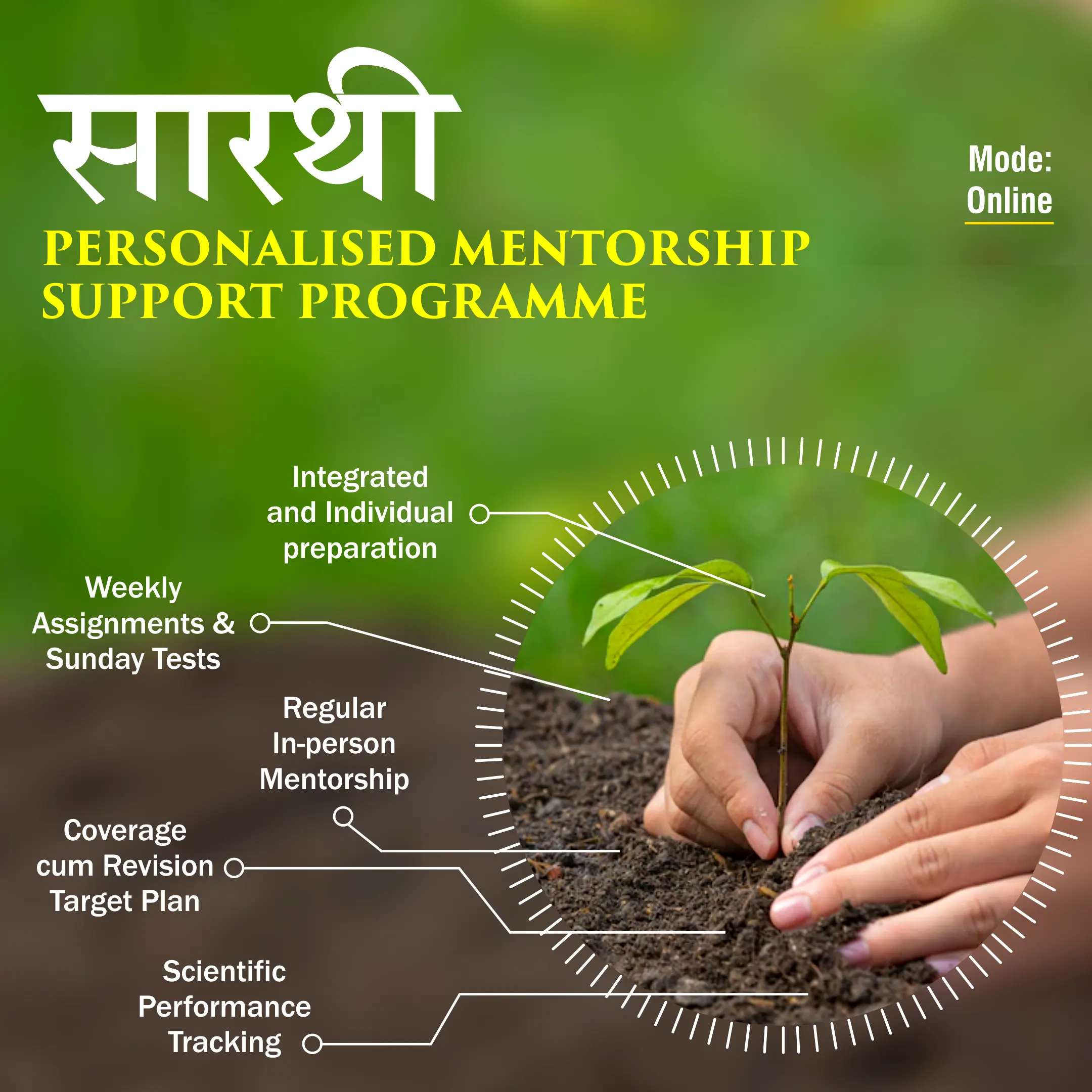
Copyright infringement not intended
Picture Courtesy: indbiz.gov.in
Context: The NITI Aayog is in the final stages of creating a vision document called 'Viksit Bharat @ 2047,' which aims to make India a developed country by 2047.
Details
- The draft of the 'Viksit Bharat @ 2047' vision document, aimed at transforming India into a $30 trillion economy by 2047, is in its final stages, with a release expected by December.
- NITI Aayog, the apex policy think tank, has consolidated ten sectoral thematic visions into this comprehensive document.
- The document outlines the sectors and technologies in which India should lead by 2047 and addresses the necessary institutional and structural reforms.
Key Objectives
Economic Transformation
- Strive towards a $30 trillion economy by 2047.
- Ensure sustainable and equitable growth, emphasizing both urban and rural development.
- Promote innovation, entrepreneurship, and technological advancements to drive economic prosperity.
Human Development
- Enhance healthcare, education, and skill development initiatives.
- Aim for an average life expectancy of 71.8 years and a literacy rate of 89.8% by 2047.
- Empower the youth with quality education and relevant skills.
Infrastructure Revolution
- Build world-class infrastructure, fostering connectivity and accessibility.
- Invest in smart cities, efficient transport networks, and sustainable energy solutions.
- Prioritize rural infrastructure development to bridge the urban-rural divide.
Environmental Sustainability
- Mitigate climate change and reduce environmental degradation.
- Conserve natural resources and promote renewable energy adoption.
- Strive for a carbon-neutral economy, emphasizing eco-friendly practices.
Social Welfare
- Ensure social security, poverty alleviation, and inclusive development.
- Focus on marginalized communities, empowering them with equal opportunities.
- Foster social harmony and equity.
Global Leadership
- Strengthen diplomatic ties, foster international collaborations, and be a beacon of peace and cooperation.
- Lead in global governance forums, shaping policies for a better world.

Strategic Focus Areas
Innovation and Technology
- Foster a culture of innovation, research, and development.
- Invest in emerging technologies like AI, biotechnology, and clean energy, making India a global technological hub.
- Create an ecosystem that supports startups and entrepreneurship.
Education and Skill Development
- Transform the education system, emphasizing skill-based learning.
- Bridge the urban-rural education divide, ensuring quality education for every child.
- Promote lifelong learning and vocational training.
Healthcare Revolution
- Strengthen healthcare infrastructure, prioritize preventive care, and ensure affordable and accessible healthcare services for all citizens.
- Promote research and development in the healthcare sector, creating cutting-edge medical solutions.
Agricultural Modernization
- Implement progressive agricultural reforms, enhancing productivity and farmer income.
- Promote sustainable farming practices and agri-tech innovations.
- Ensure food security and reduce rural-urban disparities.
Manufacturing and Trade
- Promote 'Make in India' initiatives, facilitate ease of doing business, and boost exports.
- Foster a robust manufacturing sector, driving economic growth and job creation.
- Encourage small and medium enterprises (SMEs) to thrive and innovate.
Infrastructure and Connectivity
- Develop world-class transportation networks, invest in sustainable energy, and build smart cities.
- Enhance connectivity, ensuring seamless movement of goods and people.
- Prioritize eco-friendly and sustainable infrastructure development.
Implementation Strategies
Public-Private Partnerships
- Encourage collaboration between the government and the private sector.
- Leverage private sector expertise and resources for comprehensive development projects.
- Foster an environment conducive to public-private partnerships.
Policy Reforms
- Implement progressive policies that foster entrepreneurship, innovation, and investment.
- Streamline regulations to ensure a conducive business environment.
- Continuously evaluate and adapt policies to changing needs and challenges.
Skill Development
- Invest in skill development programs aligned with industry needs.
- Empower youth with relevant skills, enhancing employability and entrepreneurship.
- Develop a skilled workforce that can compete on the global stage.
Environmental Conservation
- Enforce stringent environmental regulations, promoting eco-friendly practices.
- Incentivize sustainable initiatives, encouraging businesses to adopt green technologies.
- Support research and innovation for environmental conservation.
Digital Transformation
- Embrace digitalization across sectors, promoting e-governance, digital education, and healthcare services.
- Bridge the digital divide, ensuring digital access for all, even in remote and rural areas.
- Promote cybersecurity and data privacy to build trust in digital services.

Conclusion
- The 'Viksit Bharat @ 2047' vision document represents an ambitious and comprehensive effort to guide India's development and economic growth over the next few decades. It focuses on multiple sectors, socio-economic development, and aligning state-level visions with the national vision to create a more prosperous and developed India by 2047.
Must Read Articles:
NITI Aayog: https://www.iasgyan.in/daily-current-affairs/niti-aayog-14
1st All India Annual States' Ministers Conference on "Water Vision@2047": https://www.iasgyan.in/daily-current-affairs/1st-all-india-annual-states-ministers-conference-on-water-vision2047
|
PRACTICE QUESTION
Q. What comprehensive strategies and policies, encompassing economic, social, and technological aspects, should India implement to transform itself into a developed nation, ensuring sustained growth, improved living standards, and global competitiveness?
|




